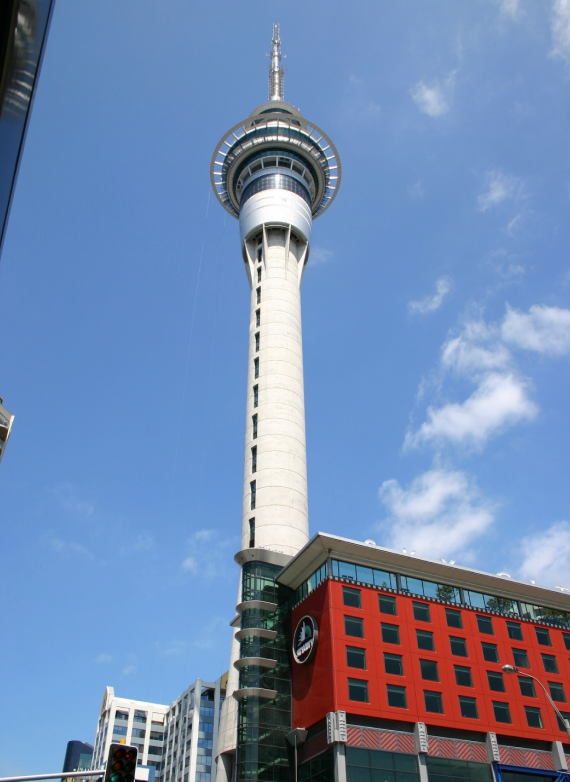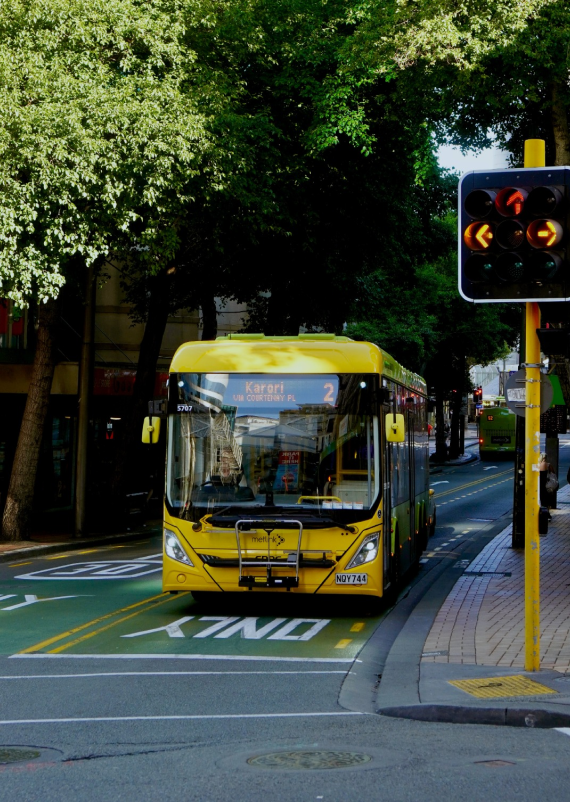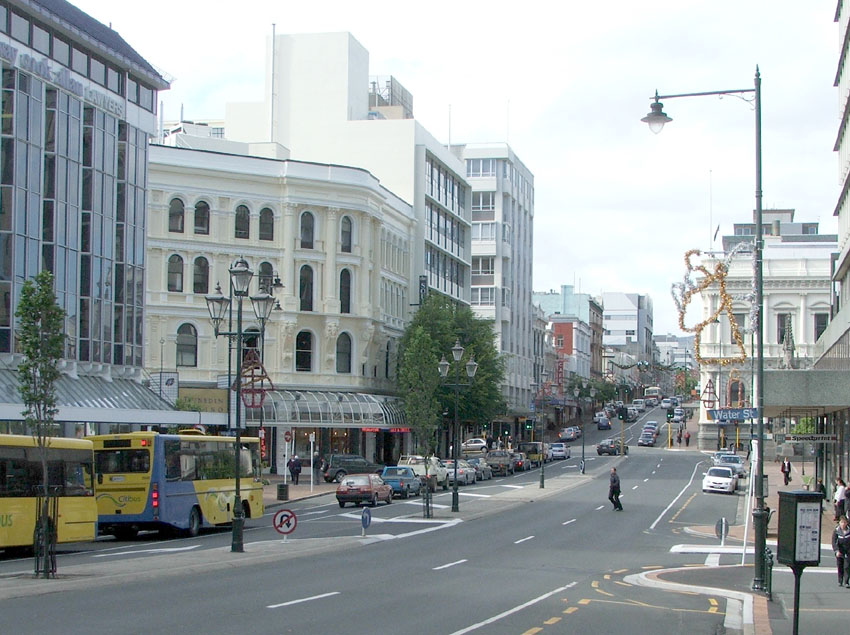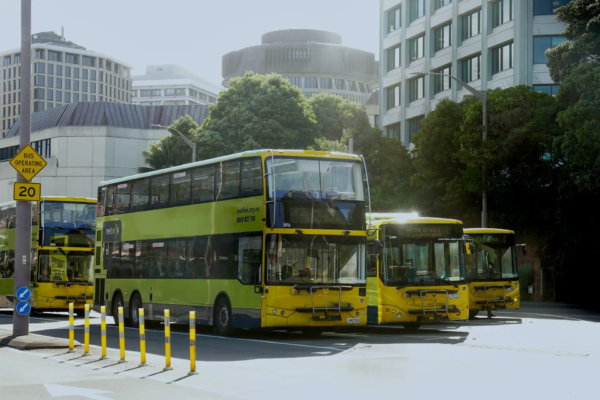7 Taxi and ride-hailing
7.0.1 Description
Ride-hailing has existed for a long time in the form of taxis and carpooling. These services have gained more prominence recently with the advent of companies such as Uber and Lyft, both transportation network companies (TNC) that provide a computing platform that brings together trip demand and private vehicle and driver supply.
7.0.2 Type of travel affected
Ride-hailing is used for general passenger travel, including for people who lack other forms of mobility, and for the delivery of small goods.
Research on ride-hailing adopters is still limited but general conclusions to date include: ride-hailing in the US and Canada is more widely adopted among relatively young, well-educated and wealthier people although exceptions to this generalisation exist; and the purpose of travel across several countries is consistently foremost for social (including when alcohol involved) and commuting trips (Tirachini, 2020).
7.0.3 How travel and emission effects, including long-run, can be measured and modelled
CO2 effects differ for the different types of services and are, by no means, clearly beneficial in all cases.
The future use of ride-hailing/sharing is a key uncertainty for traffic modelling. It potentially changes the vehicle-trip generation process (as opposed to person-trip generation) and is likely to alter the person per vehicle ratio, often input as an assumption in a model. It is also likely to change the relationships between mode shares. Finally, having derived vkm by mode with a traffic model, the emissions impact will depend on the relative use of fuels and on other capital and operating costs associated with each mode.
The mode share of TNCs is already (in 2018) around 1-3% of light plus heavy vehicle vkm in major US metro areas but higher within their central urban areas (ranging from 2% Seattle to 13% in San Francisco) (Fehr and Peers, 2019).
To date, the TNCs have generally led to an increase of vkm due to the empty vkm (ie, the vehicle is driven without passenger on board) when waiting for/picking up passengers and hence an increase of CO2 emissions. The additional vkm caused will depend on the size of the service and the serviced market (ie, fewer vehicles will normally mean more additional kilometres are required to pick up riders). The available literature shows that the additional vkm can reach up to 50%; however, in a mature market environment these values are expected to be closer to 25% (ITF, 2019).
Rail-hailing services can complement PT by providing a feeder service and mobility in poorly serviced areas, both potentially reducing car ownership. However, rail-hailing also provides a substitute to PT, which past experience has shown is out-weighing the complementary effect (Tirachini, 2020): eg, the introduction of TNCs reduced bus ridership by 10% in San Francisco, but the effect on trains was inconclusive (Erhardt et al., 2022). In Pittsburgh, a similar effect occurred in the busy evening period at some bus stops but the effect was not universal (Grahn et al., 2021).
In sum, to achieve overall emissions reductions, ride-hailing services have to be carefully managed to ensure they act as feeder services to more sustainable modes only, do replace only less-sustainable transport alternatives and, ideally, lead to a reduction in private vehicle ownership (ITF, 2019).
7.0.4 Secondary impacts
The operation of rail-hailing/sharing platforms requires appropriate licensing and enforcement by the relevant authority. Additionally, there will be a need for some degree of regulation to create a level playing field for providers.
Ride-hailing:
- Does provide a service for people who otherwise cannot access a private vehicle or mass public transport options.
- May enhance the use of alternative, more sustainable modes (public transport, walking, cycling) that replace car trips (especially where vehicle ownership rates are reduced thanks to shared services), although it may also substitute for active travel.
- May support an accelerated uptake of (ultra-) low-emission vehicles, promote their overall use in the public and hereby contribute to accelerated cost decreases of such newer technologies (in the event that shared-vehicle services deploy zero- or low-emission vehicles).
Pickup and drop-off operations on the curb can worsen traffic congestion.
7.0.5 Key Information sources
Fehr and Peers (2019) Memorandum: Estimated TNC [Transportation Network Companies] Share of VMT [Vehicle Miles Travelled] in Six US Metropolitan Regions. https://drive.google.com/file/d/1FIUskVkj9lsAnWJQ6kLhAhNoVLjfFdx3/view
Provides estimates of TNC share of vkm share in 6 US cities
Grahn, R., Qian, S., Matthews, H. S., & Hendrickson, C. (2021). Are travelers substituting between transportation network companies (TNC) and public buses? A case study in Pittsburgh. Transportation, 48(2), 977–1005. https://doi.org/10.1007/s11116-020-10081-4
ITF (2021) Transport Climate Action Directory – Ride-sharing / Ride-hailing. https://www.itf-oecd.org/policy/ride-sharing-ride-hailing
Jalali et al. (2017) Investigating the Potential of Ridesharing to Reduce Vehicle Emissions. https://doi.org/10.17645/up.v2i2.937
Investigates the opportunity for ridesharing by matching trip patterns of 8900 privately-owned vehicles in Changsha, China and finds the potential to reduce total vkm by 7-24%.
Tirachini, A. (2020). Ride-hailing, travel behaviour and sustainable mobility: An international review. Transportation, 47(4), 2011–2047.
Extensive literature review that shows the Rail-hailing impacts on VKT are mixed with recent data tending towards substitution of PT effects. The longer-term effect on car ownership unknown.





























